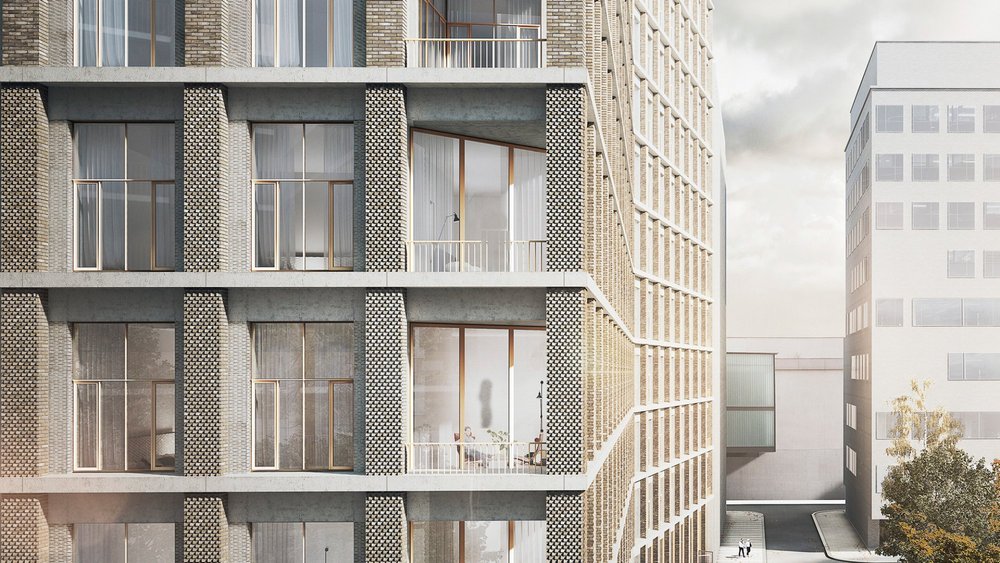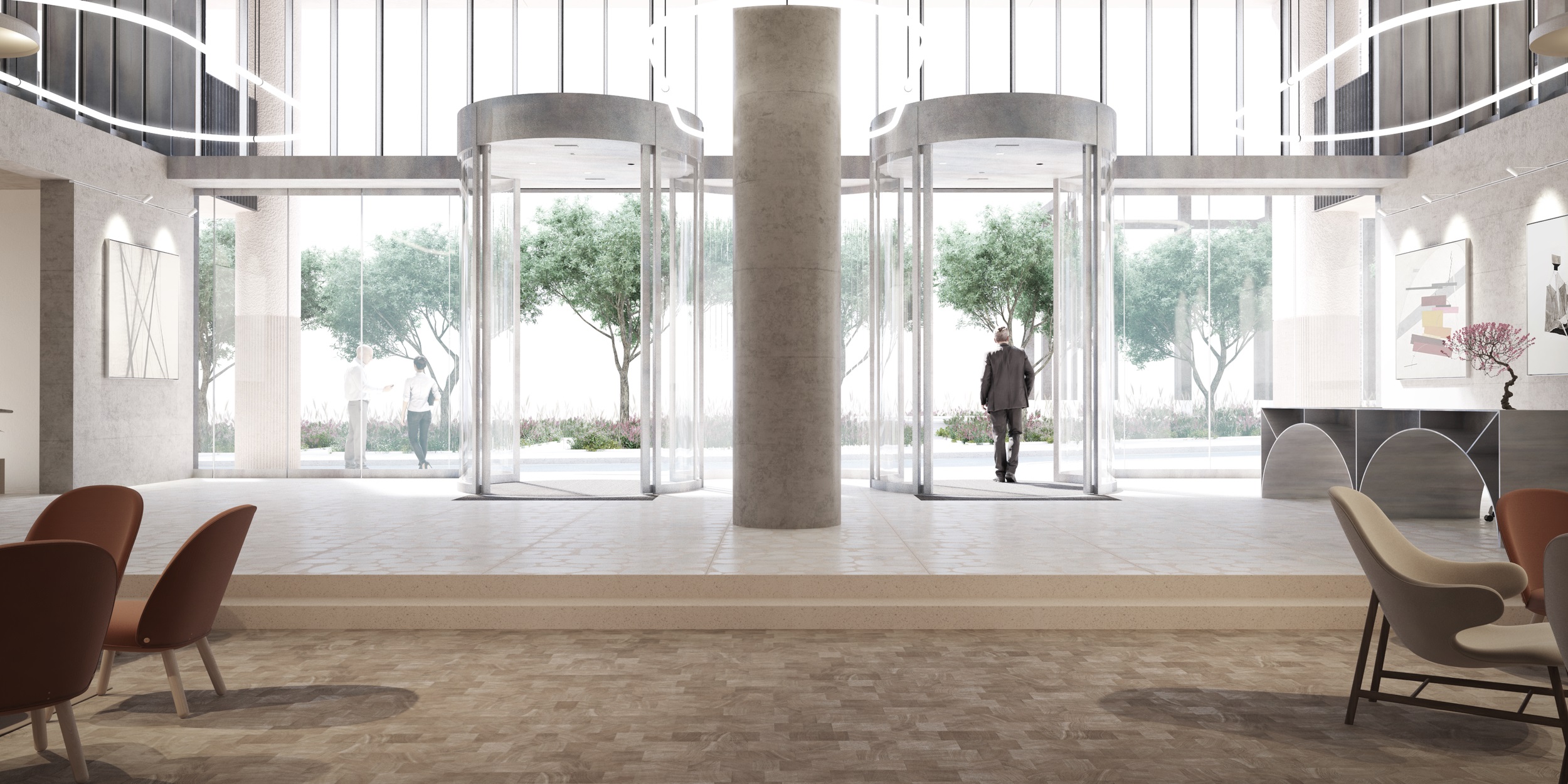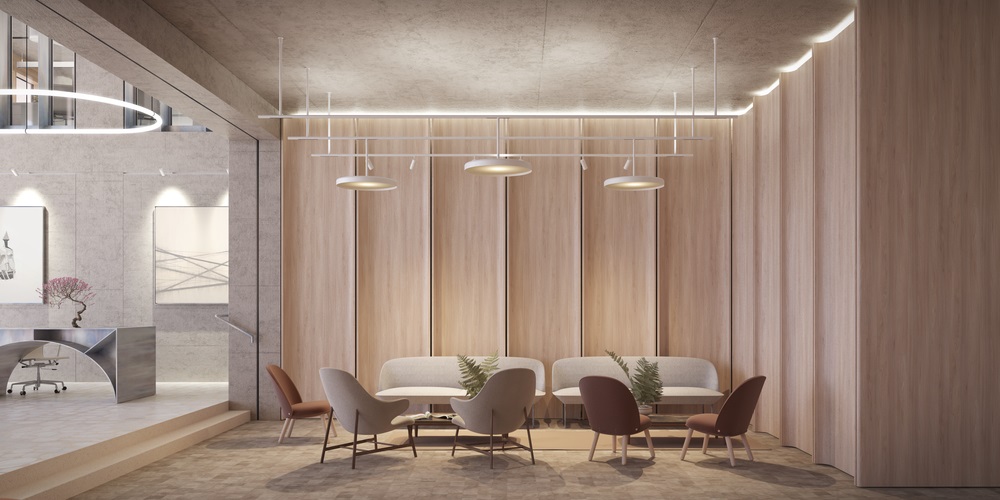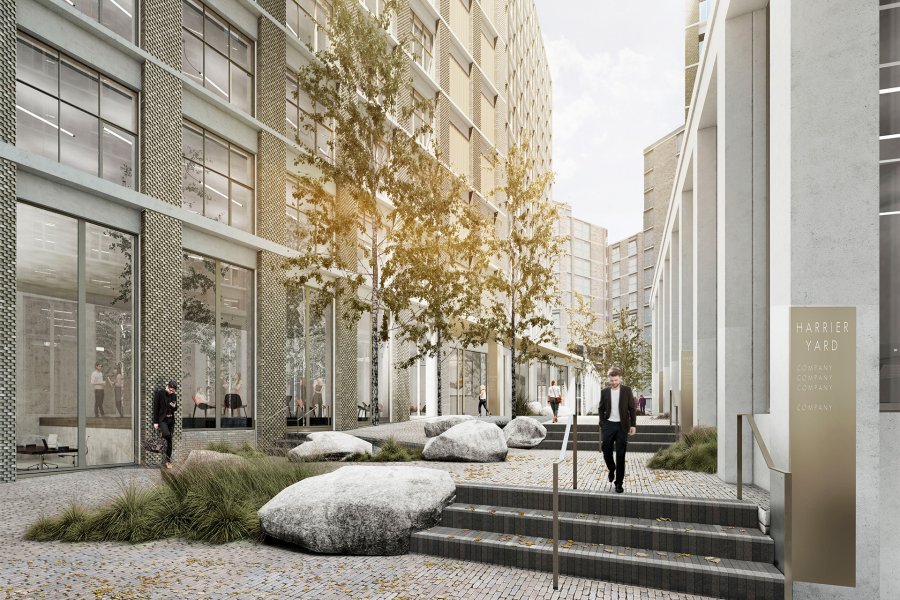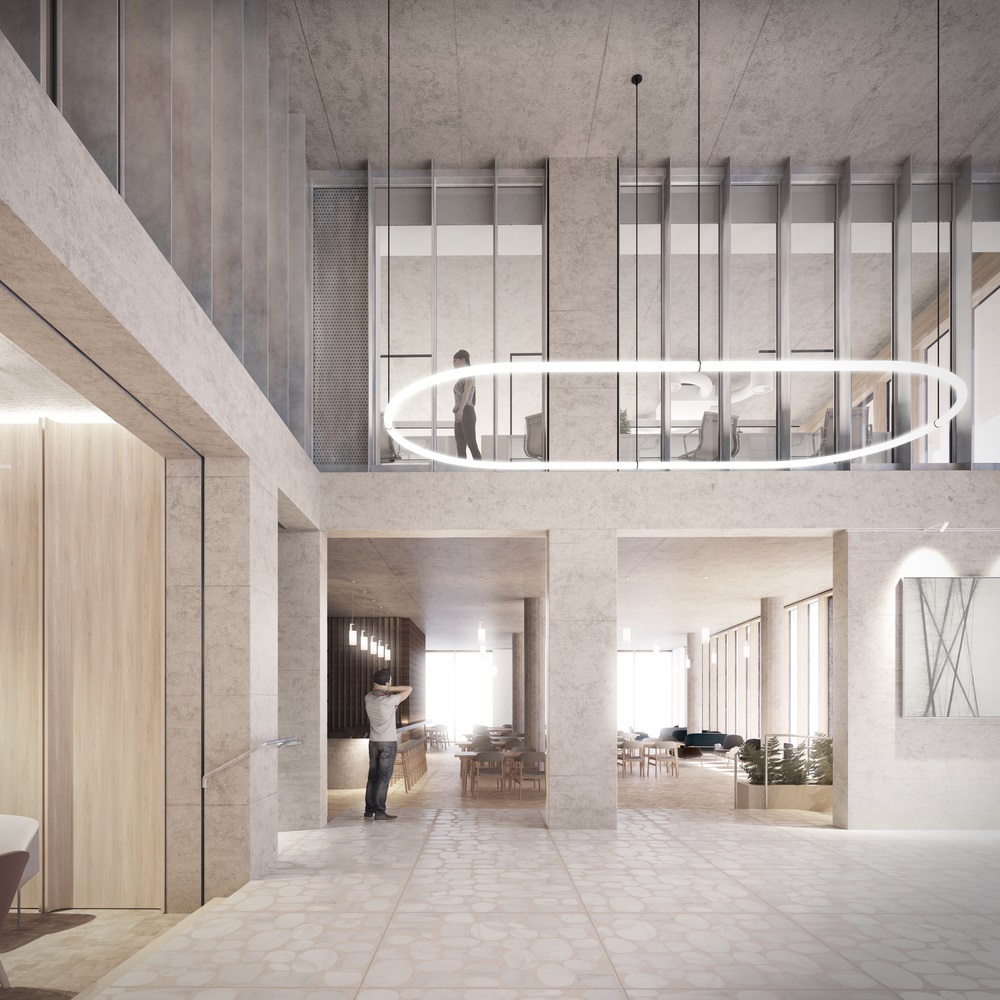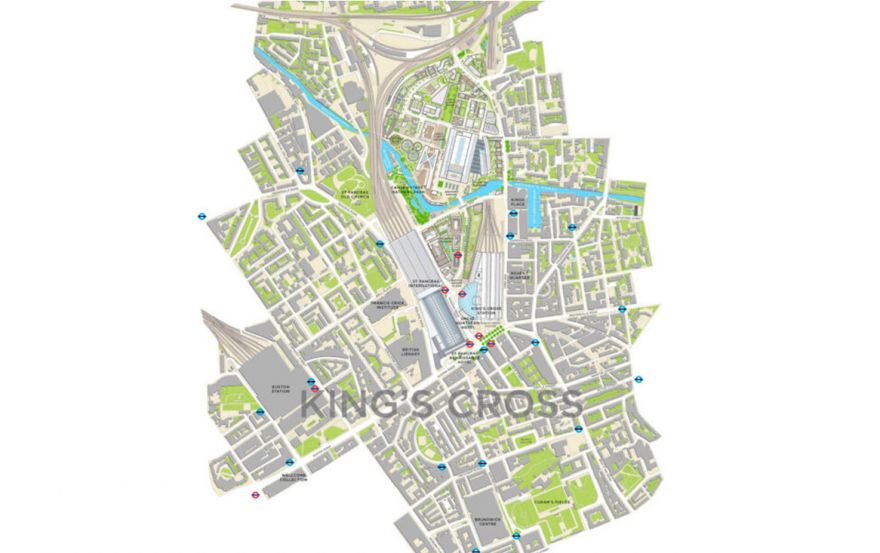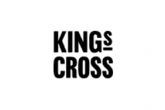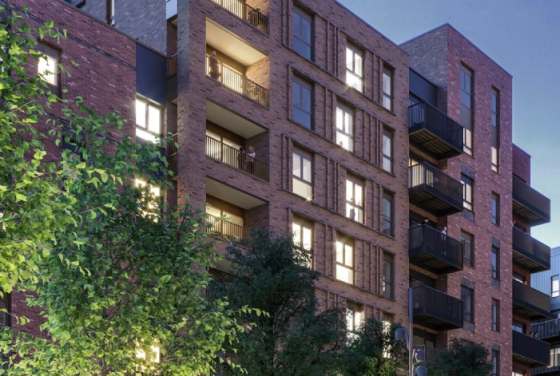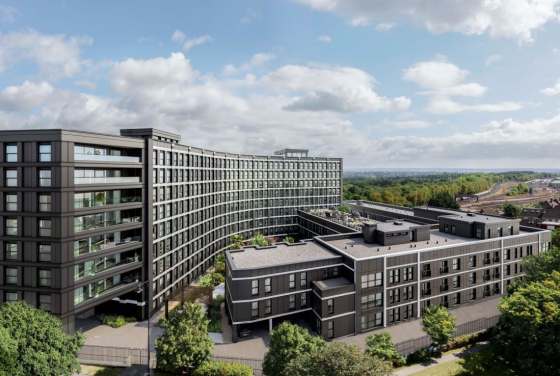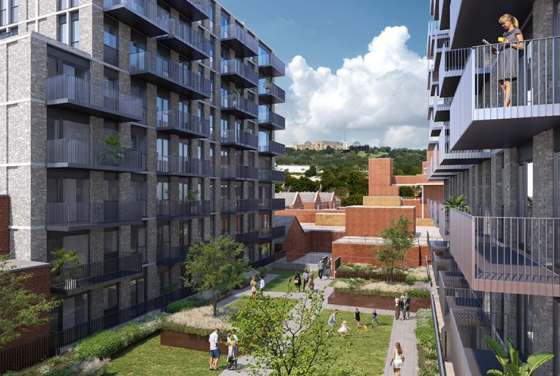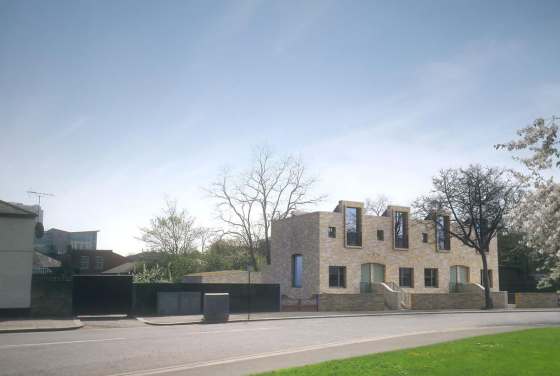Ready for occupancy.
Properties in this development on 24 December 2025
More information
Key features
What are you looking for?
Step 1 of 6ready to help you

What are you looking for?
Payment options
Features
- King's Cross is a major redevelopment, transforming an industrial site into a vibrant area with homes, shops, and cultural spaces.
- Regent’s Canal linked it to northern cities in 1820, and railways made it a transport hub.
- After WWII, the area declined and became known for derelict buildings and nightlife.
- In 1996, the Channel Tunnel Rail Link's move to St Pancras sparked redevelopment.
- Argent was chosen in 2001, and planning in 2006 allowed for 50 buildings and 2,000 homes.
- Development started in 2007, focusing on Victorian Goods Yard buildings.
- The University of the Arts London moved in 2011, and parts opened to the public.
- King's Cross now includes restaurants, shops, and offices with companies like Google.
- New spaces like Granary Square and Gasholder Park have made it a popular destination.
- In 2015, Australian Super bought the UK government and DHL's stake.
DOWNLOAD BROCHURE
Site Plan
Description
King’s Cross is one of the largest and most successful redevelopments in London. Over the past 20 years, what was an underused industrial site has been transformed and rejuvenated with new streets, squares and parks, homes, shops, offices, galleries, bars, restaurants, schools, and even a university.
The location, the connections, the canal-side setting, the heritage, an exciting cultural scene, a thriving business community, and a strong sense of local community. All these things come together at King’s Cross to make it unique and really quite special. But this wasn’t always the case.
Finding Your Dream Home: apartments in R8 King's Cross for sale
This strategic location has gone through many transformations over the years – from rural idyll to industrial heartland.
With the completion of Regent’s Canal in 1820, King’s Cross was linked to the industrial cities in the north, bringing both goods and industry to the area.
It was the coming of the railways in the mid-1800s however, that transformed King’s Cross into an important industrial and transport hub. Coal, grain, potatoes and other commodities arrived here from the north of England to be transferred on.
Post World War II, the area went into decline and by the late 20th Century, the “railway lands” had become a symbol of blight and decay, with derelict and disused buildings, railway sidings, warehouses and contaminated land. It was also the stomping ground of many a 90s clubber.
King’s Cross was known for its nightlife and was something of a hub for artists and creative organisations. But problems of crime, unemployment and a poor quality environment undermined the area.
The arrival of the 21st Century saw some significant changes that kick-started the next chapter in the history of King’s Cross.
Early plans for redevelopment fell through, but the 1996 decision to move the Channel Tunnel Rail Link from Waterloo to St Pancras became the catalyst for change. The landowners – London & Continental Railways Limited and Excel (now DHL) decided to develop the land.
In 2001, Argent was selected as the development partner. The project began with several years of intensive studies and consultation with the local community, government and other stakeholders. This work formed the basis for a vision for the development – Principles for a Human City, from which the masterplan evolved.
The plan was prepared by Allies and Morrison, Porphyrios Associates and Townshend Landscape Architects, and in 2006, outline planning permission was granted. The permission allowed for circa 50 new buildings, 20 new streets, 10 new major public spaces, the restoration and refurbishment of 20 historic buildings and structures, and up to 2,000 homes.
In 2008, Argent, London & Continental Railways and DHL formed a joint partnership: Kings Cross Central Limited Partnership. The partnership was the single landowner at King’s Cross. Early infrastructure works began in June 2007, with development starting in earnest in November 2008. Much of the early investment was focused in and around the Victorian buildings that once formed the Goods Yard.
In September 2011, the University of the Arts London moved to the Granary Complex and parts of the development opened to the public for the first time.
Since then, restaurants have opened, the Great Northern Hotel has been refurbished and residents have moved in. The historic Coal Drops have been redeveloped as a unique shopping destination and companies such as Google, Facebook, Universal Music and Havas have chosen to locate here.
New public streets, squares and gardens have opened, among them Granary Square with its spectacular fountains, Lewis Cubitt Park and Square and Gasholder Park. King’s Cross is now a much-loved part of London and a popular destination for locals and visitors from further afield.
In January 2015, the UK government and DHL announced the sale of their investment in the King’s Cross redevelopment to Australian Super, Australia’s biggest superannuation/pension funds run only to profit members.
Disclaimer*Property descriptions, images and related information displayed on this page are based on marketing materials found on the developer's website. 1newhomes does not warrant or accept any responsibility for the accuracy or completeness of the property descriptions or related information provided here and they do not constitute property particulars.
Buying an apartment in London – How much ROI and profit can it bring in 5 years?
capital
Local area map
Public Facilities
AutoScore Ranking
We have created an automatic ranking system for new-build homes in London based on several critical features around the development, like schools, parks, and transport infrastructure.
We have developed this new analytical tool to calculate the scores based on the location data. Note that AutoScore values are not set by us or anyone else – everything happens automatically.
Neighbourhood around R8 King's Cross
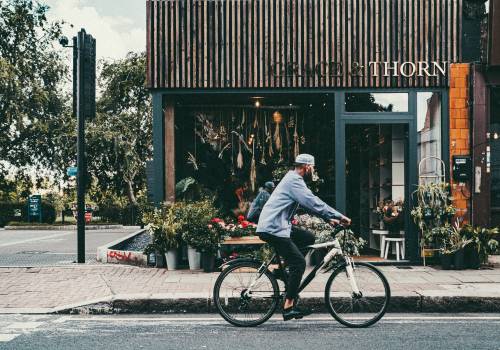
About North London
North London is home to many of the most sought-after neighbourhoods in the capital. It is a perfect mix of cosy village centres, architectural masterpieces and classy high streets. It is little surprise that 4 million Londoners (half of the total population) live in North London. Currently, its favourable market offers and affordable housing attract a lot of local and international buyers facing challenging economical settings and increased interest rates. More about North London →Sales office

Learn more
Latest news
The R8 King’s Cross development has been successfully completed, marking another milestone in the transformation of the King’s Cross area. This mixed-use project features two 13-storey buildings, including 263,398 sq ft of commercial office space and 72 modern apartments.
Initial redevelopment plans stalled, but the 1996 decision to relocate the Channel Tunnel Rail Link from Waterloo to St Pancras served as a turning point. The landowners, London & Continental Railways Limited and Excel (now DHL), seized the opportunity to transform the area, sparking a new wave of development.
R8 King's Cross, an upcoming mixed-use development in London's vibrant King's Cross district (N1C), is poised to redefine urban living and workspaces. Envisioned and meticulously designed by Piercy & Co, this architectural marvel comprises two impressive 13-storey blocks seamlessly connected by a two-storey podium, boasting a lush landscaped roof garden accessible to occupants of both structures.
The eastern block stands dedicated to residential living, offering 72 social rented residential apartments that blend comfort with contemporary aesthetics. On the other hand, the western block takes on the role of a dynamic office space, fostering innovation and productivity. The architectural ensemble is crowned with a flexible retail unit strategically placed at the southwest, injecting vibrancy into the corner and its surrounding public space, including the western expanse of Peppercorn Lane.
R8 King's Cross is thoughtfully situated within a well-defined context, bordered by the residential Building R4 to the north, the mixed-use R7 to the south, and the residential Building R3 and Jellico Gardens to the west. The eastern horizon is marked by the presence of a new sports center, Q2. As a harmonious addition to the urban fabric, R8 King's Cross aims to foster a sense of community while offering an array of living choices, innovative workspaces, and inviting green retreats. With an expected completion in Spring 2024, R8 is set to weave its distinctive narrative into the urban tapestry of King's Cross.
Video tour for R8 King's Cross
Developer
Similar homes you may like
FAQs about R8 King's Cross
Property Details
Prices
Amenities

Leave a request and specialists will select the property


